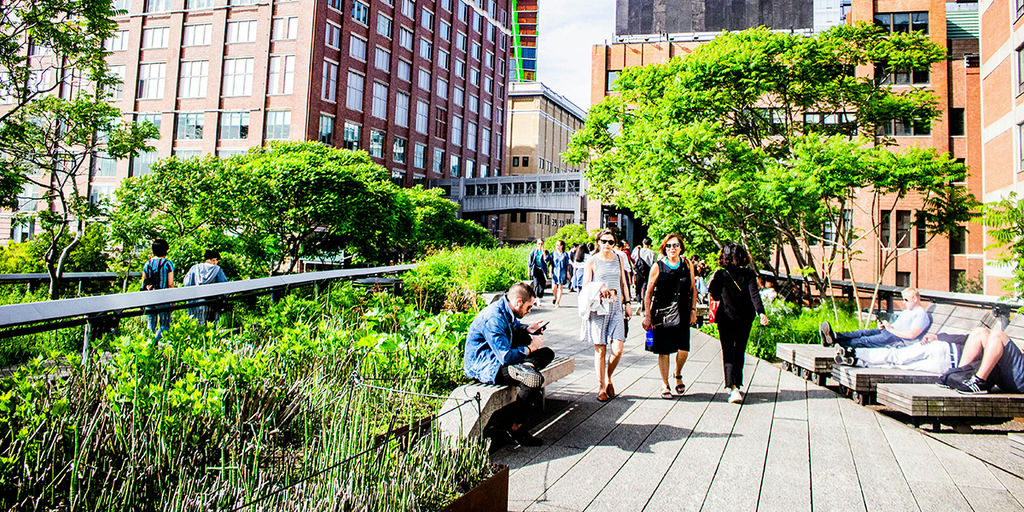Packaging with Leaves: A Forward-Thinking Concept

Image Source: Olia Bondarenko/Unsplash
The search for sustainable alternatives to traditional plastic packaging is intensifying. While many innovative concepts have emerged, one solution looks really promising: leaf packaging. It is already a common practice in nations like China, India, Indonesia, Nigeria, and others, but it has not really been embraced by developed nations. The challenge therefore lies not in its newness, but in its widespread adoption by global corporations and consumers.
The Urgent Need for Change:
Conventional packaging is glamorous - focused on customer attraction and shelf appeal - making it the default choice for captivating consumers and enhancing brand visibility. Its health and environmental costs are however undeniable. Research has found a significant relationship between the use of chemically processed packaging materials like nylons and polythenes, and an increase in cancer-related cases (see Plastic-and-Health-The-Hidden-Costs-of-a-Plastic-Planet and plastics-and-health).
Plant leaves are nature’s alternative. They can make for good packaging because they repel water, do not impart harmful substances into food, and can be attractive in their own right. Not all leaves are created equal, though. Below are some identified leaf varieties with promising packaging potential:
- Banana Leaves: Renowned for their flexibility, water-resistance, and ability to impart a subtle flavor to food, banana leaves have a long history of use in tropical cuisines.
- Lotus Leaves: Known for their natural water-repellent properties and aromatic qualities, lotus leaves offer a unique and elegant packaging solution.
- Water Hyacinths: Researchers are exploring this fast-growing plant for packaging. Its initial laboratory results confirm it is uncontaminated and safe for use.
Leaves are of course biodegradable, naturally decomposing without releasing harmful substances. Their decay process enriches the soil with nutrients, making them an excellent source of compost, a double win for sustainability. Also, using leaves at scale could significantly reduce pollution levels caused by plastics, particularly in landfills and oceans.
A common concern surrounding leaf packaging is the potential for deforestation. The counter-argument is that trees are naturally regenerative, and the harvesting of leaves doesn't necessitate felling entire trees. Sustainable harvesting practices can ensure a continuous supply of packaging materials without compromising forest health.
The key to widespread adoption lies in bridging the gap between traditional practices and modern consumer expectations. Innovators will need to focus on developing leaf packaging that is not only environmentally friendly but also visually appealing and functionally comparable to its plastic and paper counterparts. This requires research and development into techniques that enhance the durability, aesthetics, and versatility of leaf-based packaging (see packaging-made-plant-leaves and nigerias-street-food-adds-to-the-plastic-problem-green-leaves-offer-a-solution).
Leaf packaging is more than a return to old-world practices; it is a forward-thinking step toward a sustainable future. By embracing innovation, addressing concerns, and promoting collaboration between researchers, businesses, and policymakers, we can unlock the vast potential of leaf packaging and create a healthier, more environmentally responsible world.


